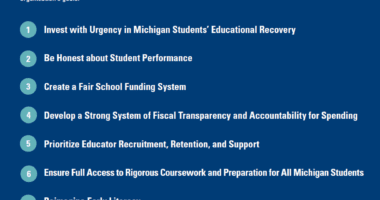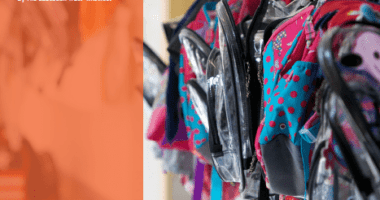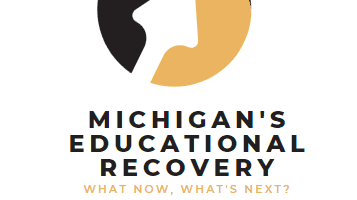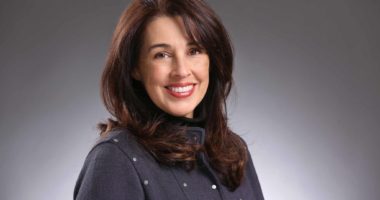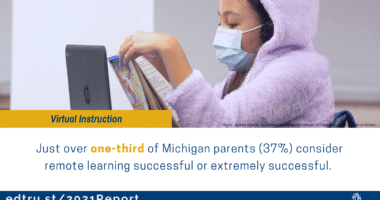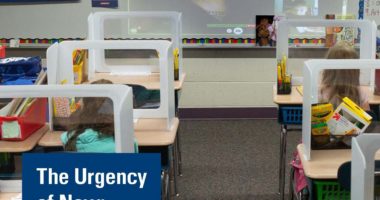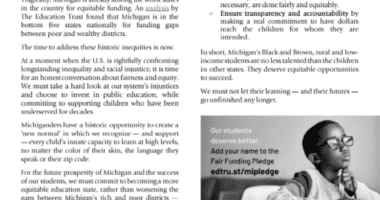Civil Rights, Civic and Business Leaders Discuss Urgent Need to Build a Movement for Educational Equity
Building a Movement, Building Hope was the theme of the Education Trust-Midwest’s first annual Ed Summit partly because it’s clear that Michiganians must work together with a sense of urgency to create an equitable and effective educational environment for all Michigan children.
To that end, ETM joined a diverse coalition of voices and leaders from across the state to launch the Michigan Partnership for Equity and Opportunity (MPEO) earlier this year and advocate for change. Some members of this coalition spoke out at the Summit, held on November 10, 11 and 13, on the importance of building a movement of diverse voices.
There is no more pressing time to act.
Further research shows that nearly one in four Michigan high school students must take at least one remedial class—covering information they were expected to master in high school—upon entering college. This is the picture in a state where the highest poverty districts receive less funding than low poverty districts—restricting access to critical resources for students who need them the most.
Alice Thompson, chair of the Detroit Branch NAACP’s Education Committee and CEO of BFDI Educational Services, Inc., underscored the need in a session that was moderated by Daniel Williams, President and CEO, Steelcase Foundation.
Of forming the coalition, Thompson said, “We are comprised of people from across the state, from rural and urban areas. We are a diverse, bipartisan group committed to being allies for equity on behalf of children. We have in our midst corporate leaders, business leaders, civic leaders, educators and social justice leaders all with a shared vision—to see our state as a national leader in education.”
Part of their work, Thompson continued, is to urge Michigan state lawmakers to activate policies that will benefit K-12 students from all backgrounds and experiences across the state, particularly students of color, students with disabilities, English learners, and students from low-income backgrounds. These policies include pushing for “adequate funding to create a stable learning environment for our students—and to strengthen the educational talent pool that we lack sometimes in our state.”
In particular, the coalition is advocating for funding and resource equity.
As it describes on its website, “Every student deserves funding that is sufficient for supporting their unique needs; Michigan must invest in public education and commit to support students who have been underserved for decades. The biggest increases in funding should go to students with the greatest needs and funding intended for high-needs students must be spent on services for those students.”
Without such funding, districts struggle to provide resources needed for their students.
For instance, district leaders have said that talented teachers in Michigan are incentivized to leave the school systems that need them most for guaranteed higher pay that is often tens of thousands more per year than in high-need urban and rural areas, particularly in specialized, high need subjects.
According to Mike Jandernoa, MPEO member and founder and chairman of 42 North Partners, “Education is critical to a vibrant economy in our state.” Business leaders across Michigan, including with Talent 2025 and the West Michigan Policy Forum all identified education as a primary factor in driving the economy forward, he said.
But, according to reporting from Bridge Michigan and policy analysis from the University of Michigan, faced with another “brain drain,” Michigan has to work overtime to halt the talent exodus of younger, highly educated, and skilled workers from the state.
Coupled with the COVID-19 pandemic, it has become an even greater challenge to fill the vast number of open jobs with qualified workers at all levels, from entry-level to highly skilled.
“The biggest factor we’re facing [to the economy] is the lack of performance in our public education system, most especially in the Black community, the Latino community and for [students with disabilities] who have borne the brunt of this gap in our education system,” Jandernoa said.
More than anything, working together to hear one another — even when there is disagreement — is key to movement building in this work. It’s one of the key strategies to building diverse coalitions, said Natasha Ushomirsky, the Education Trust’s State Director for Massachusetts. “People show up for people,” she said. “We can still create change where we can find common ground.”
In perhaps the biggest takeaway on building a coalition of diverse voices, Ushomirsky added that it’s important to accept that coalition building is living, breathing work, built on the basis of strong trusting relationships. Getting to an agreement of change or new policy is the first step. Making sure that those policies are implemented in partnership with communities is the long-term work, several panelists agreed.
This is made apparent from the implementation of transformative educational funding policy made by Massachusetts lawmakers in 2019. With approving up to an additional $8798 per student in high needs districts in an effort to create an equitable educational landscape, there came the need to engage the voices of educators and people on the ground in schools and classrooms to ensure that such a policy is implemented in a way that will ensure its success in practice and not just on paper.
Adnoris “Bo” Torres, a former educator and community organizer Detroit, now working in Grand Rapids as a project supervisor for the Strong Beginnings-Healthy Start program, spoke of the need to ensure that.
As necessary as business, civic and policy leaders are to making change, in order for changes in practice and method to be widely embraced, educators and families in diverse communities must have input, he said.
“When we reach authentically into community, we know that community has those answers,” Torres said. “When we look at what equity really does, put that as a north star, and then include diversity and what inclusion really means in a space like education, we have to envelop ourselves and look at what those students are facing daily…that’s what is going to drive the answers that we need for our educators, support staff, and students in community.”

